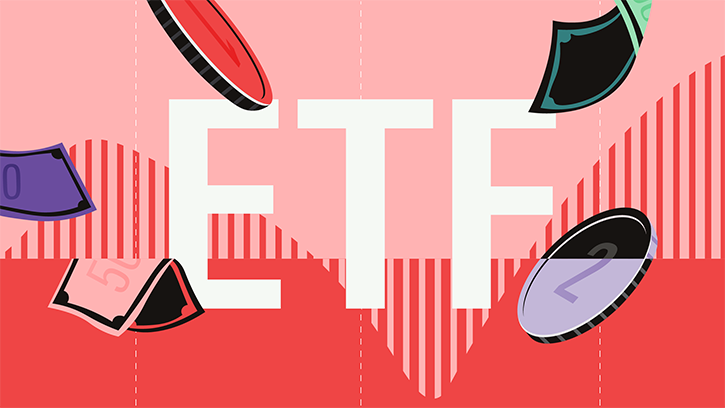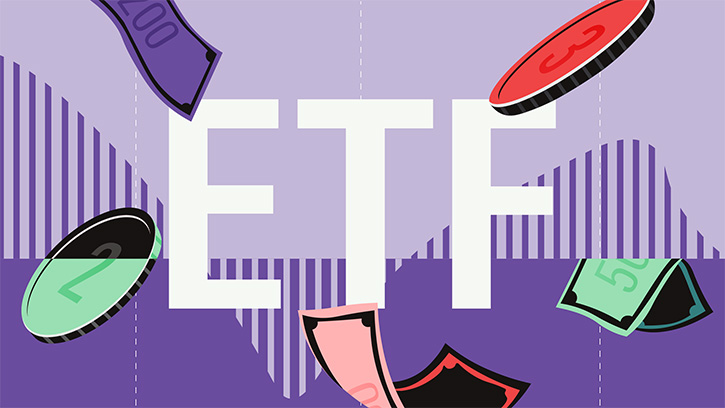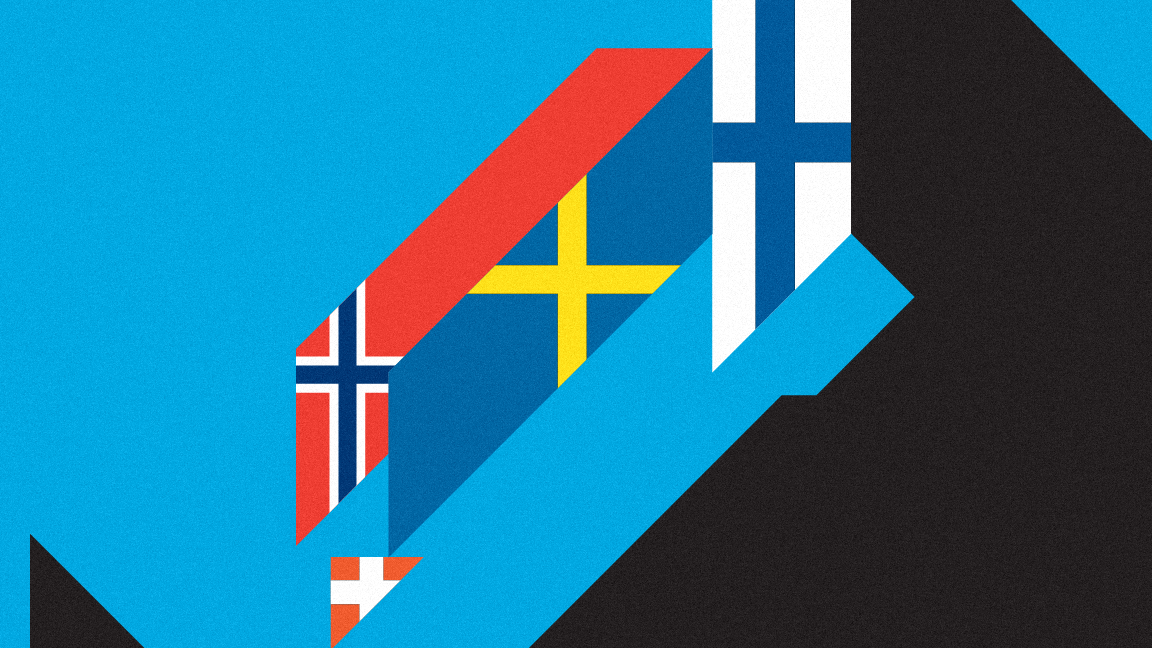For investors, it is essential to understand what drives their funds’ returns. This knowledge helps to both explain the funds’ past performance, and build expectations about how each fund will do in different market conditions. Differences in factor exposures can be drastic, even for funds in the same Morningstar Category.
This performance data is already available on various Morningstar websites. Any investor can see their funds’ composition by region, sector, target company size, number of holdings, and portfolio concentration. But for this article, we have taken an even deeper dive with the help of Morningstar’s new professional tool, the Morningstar Global Risk Model, which allows users to break down a fund’s composition into 36 components.
The Morningstar Global Risk Model identifies the factors driving stocks’ returns based not just on sectors, regions, and currencies, but also based on often-cited factors such company size, value premium, and momentum, as well as six factors unique to Morningstar’s tools. This knowledge is then aggregated onto the portfolio level.
We used the model to drill down into the exposures of Skagen Global and Nordea-1 Global Stable Equity. The two funds sit in the same global large-cap value equity Morningstar Category, but they employ quite different strategies.
Skagen’s EUR 3.4 billion Global fund is managed by the Norwegian fund house, which aims to invest in companies characterized by “three U’s”: Each stock should be unpopular, undervalued, or under-researched, (or all three). Dissecting the fund’s exposures in the Morningstar Global Risk Model allows us to see whether this fund, which has a Morningstar Analyst Rating of Bronze, lives up to its slogan.
In contrast, Nordea-1 Global Stable Equity targets very different stocks for its EUR 2.4 billion fund. Bronze-rated portfolio managers Robert Naess and Claus Vorm seek out companies whose stock price and earnings are stable, and, above all, seem reasonably valued to them. Whereas Skagen has a team of four portfolio managers researching stocks, Nordea’s managers use quantitative models extensively.
What’s the Difference?
Looking at the funds through more traditional factors in the past 3.5 years, much looks to be the same. Neither fund seems to have a strong preference for or against stocks that have “momentum,” that is, they are going up in a trend-like fashion. There is also no major difference in their thinking on liquidity, or their preferences for value or growth stocks. The only factor among the so-called traditional measures where the two funds clearly differ is volatility: Stocks in Nordea’s portfolio tend to be clearly less volatile than those in Skagen’s portfolio. (The scaling on the charts shows whether the fund has a positive or negative “push” from a factor, while zero represents the global average for stocks.)

Based on this information we might conclude that Nordea is especially targeting low-volatility stocks, such as healthcare or consumer defensive companies. But that is not the whole story.

When we plot Morningstar’s proprietary factors for both funds, clear differences begin to emerge.
Companies with wide Morningstar Economic Moat Ratings have a strong competitive position that they can defend for years or even decades, while earning above-average returns from their businesses. The Morningstar Global Risk Model’s Economic Moat data point is based on Morningstar’s quantitative analysis of financial information to see which companies seem to have a moat. (The quantitative methodology mirrors the way Morningstar’s equity analysts assign moats in their qualitative analysis.)

Moaty stocks are heavily present in Nordea’s portfolio, and this aspect has only strengthened during the past three years. Skagen Global is not shying away from companies with strong moats, but this is not a dominant factor driving the fund’s returns.

Another factor that is much more prevalent in Nordea’s fund than Skagen’s is the financial health of the companies it owns. Interestingly, however, while the Nordea fund has shifted to slightly less-fortified companies in the past two years, Skagen Global is now much more likely to invest in companies that have a strong balance sheet than it used to be. This is part of a slight reorientation of the fund under lead manager Knut Gezelius, who took the role in November 2015.
The reorientation of Skagen Global’s investment process is also shown through the Morningstar Global Risk Model’s Ownership Risk and Valuation Uncertainty measures. Gezelius and his team have loaded up on companies whose fair values are easier to pin down based on available financial data. The same trend is also reflected in its exposures to the model’s Ownership Risk measure, which signals whether the portfolio is exposed to stocks held by funds with high Morningstar Risk (that is, funds that are volatile and where investors risk experiencing large drawdowns). Nordea’s fund, in turn, is typically invested in the same stocks as other managers who attempt to keep volatility in check.
So what about Skagen’s three U’s? Are the stocks in its portfolio undervalued, unpopular, and/or under-researched?
For valuation, we can study how Morningstar’s quantitative fair values attributed to stocks in the portfolio compare with their current market prices. On this measure, Skagen Global has continuously favored undervalued stocks, but this has not been a constant theme.
Ownership Popularity displays how popular each stock is in the fund’s portfolio, and provides a good way to gauge how strongly Skagen Global is focused on unpopular names. The measure tells whether stocks are more often bought or sold by managers. For Skagen Global, the measure is volatile and no clear picture emerges. Interestingly, however, these seems to be little difference between the Ownership Popularity of the stocks in Nordea’s and Skagen’s funds. This appears to be more of a coincidence, since the funds seek out different types of stocks.
Skagen’s third “U,” under-researched, is not directly reflected in the factors available in the Morningstar Global Risk Model. Skagen has gone into larger companies recently (as reflected by its lower score for Size), and these tend to be more widely followed by analysts. In fact, these days Skagen’s managers talk less about the number of analysts following a stock, and more about whether the market has understood a stock. In essence, Skagen is betting that, more often than not, the rest of the market has missed something they have understood in a name.
The Morningstar Global Risk Model helps investors identify and assess the amount of risk in their investments. It tracks the underlying economic exposure of stocks to 36 factors, including six unique to Morningstar. It allows investors to quickly see how a variety of market conditions could affect a portfolio. The Global Risk Model is available on Direct Cloud, Morningstar’s institutional research platform.
















